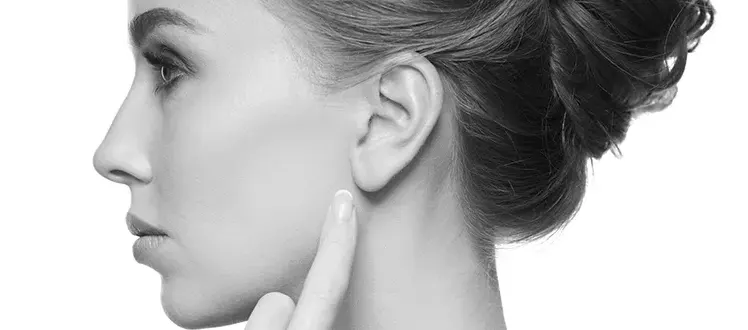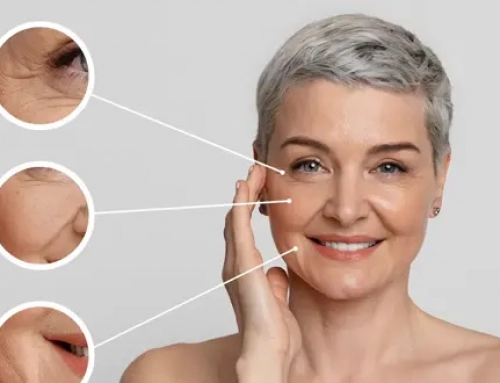Otoplasty, or ear pinning surgery, can correct the shape of the ears or draw them back closer to the sides of the head. The procedure can correct one ear of both.
The surgical correction of ears that stick out reshapes the auricle when they are deemed prominent. Otoplasty targets cartilage in the auricle area to correct anomalies causing the ears to stick out. There are three main types of defects more or less associated with each other. The first one is when the antihelix is not folded properly which causes the auricle to be straight instead of forming an inward curve. The second defect is when the cartilage of the concha sticks out instead of being hollow or when it is hypertrophied, which results in a forward projection of the ear. The last defect is when the earlobe sticks out too much.

How is otoplasty or ear pinning surgery performed ?
Before the procedure
During the preoperative consultation, the surgeon assesses the ears and takes pictures of them. A consultation with the anaesthesiologist is also necessary before the operation.
During surgery
Depending on the defects of the auricle and the age of the patient the procedure can be performed with local anaesthesia (short procedures), with local anaesthesia and sedation (longer procedures for adults) or with general anaesthesia (longer procedures for children).
The surgeon starts with an incision in the cleft of the bottom of the ear. Small additional incisions can be made in the front face of the auricle. These incisions are made in the natural folds of the ear, which results in very discreet scars. After the incision, skin is lifted up to access cartilage and reshape it as needed. Sutures are made at the end of the operation to close the incision. A dressing is placed with gauze and held in place with elastic bands around the head. Depending on the defects to be treated, the operation can last 30 to 90 minutes.






Laisser un commentaire